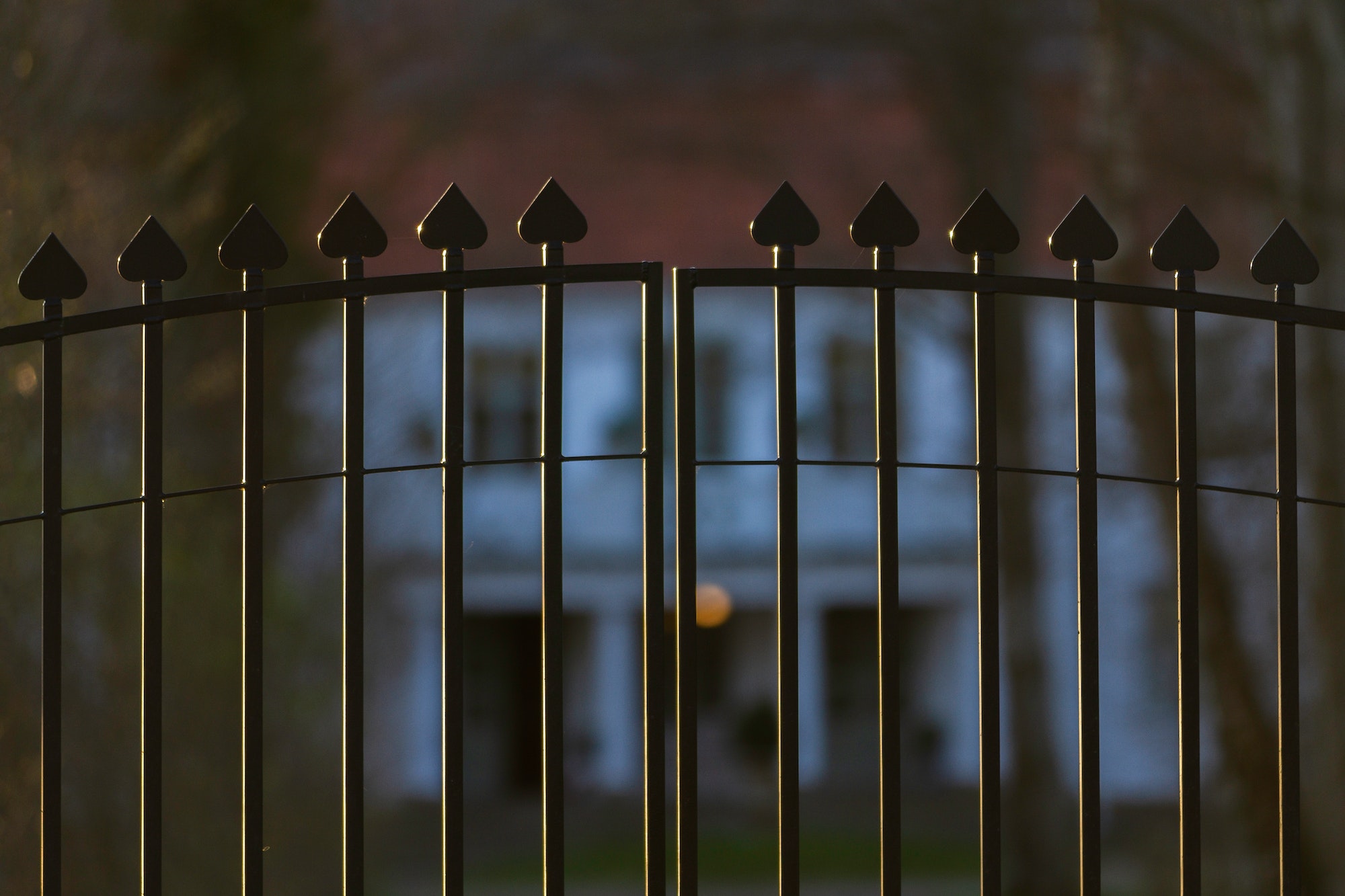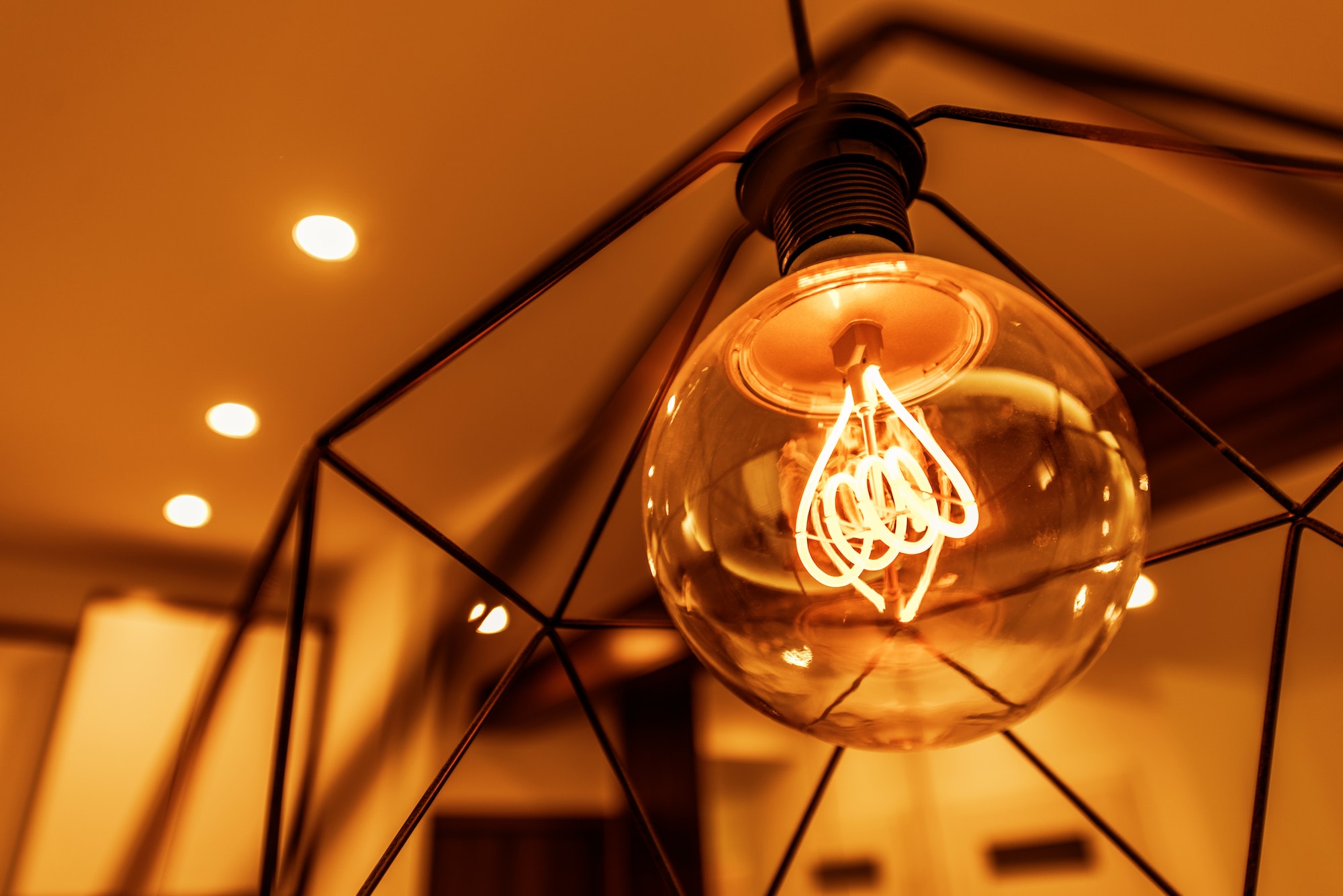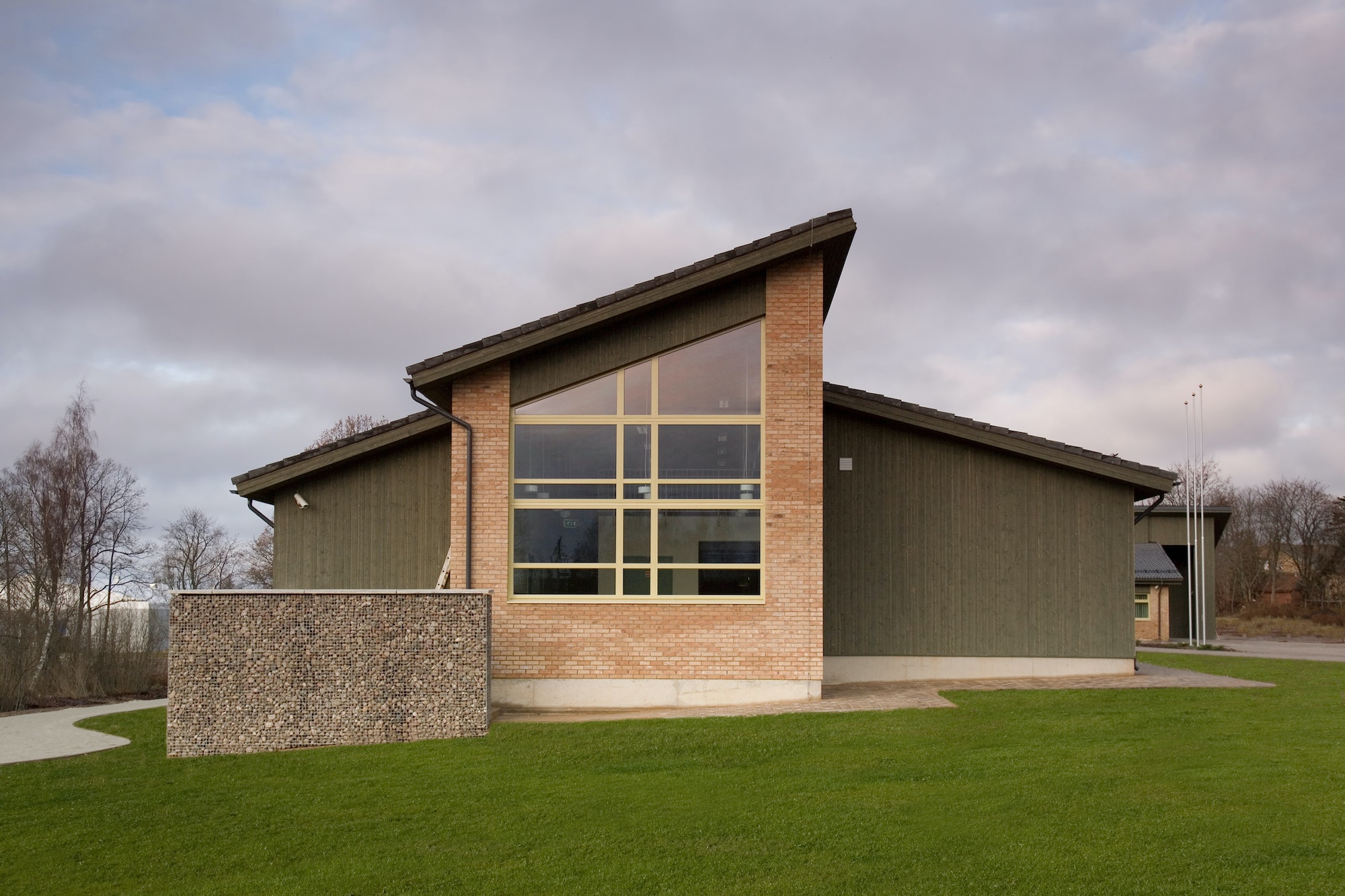Installing a gate to your property can provide security, privacy, and curb appeal. However, selecting the right material for your gate is critical to ensure that it will last for many years. Here, we’ll discuss metal materials you can choose for your gate so that you can make an informed decision about what’s best for your needs.
Aluminum
Aluminum is a light metal with excellent thermal conductivity and low cost. It is strong yet malleable, meaning that it can be formed into just about any shape or size needed. This flexibility also allows aluminum to be recycled over and over again without losing any of its properties – which makes it an especially attractive choice for sustainable projects. Additionally, aluminum resists corrosion, making it ideal for outdoor use in all kinds of weather conditions.
Uses of Aluminum
Due to its versatility, aluminum can be found in almost every sector, from automotive manufacturing to aerospace engineering. It is used in cars for everything from engine components to body panels; it helps create aircraft wings that are both lightweight and strong; and it’s a key ingredient in bicycle frames, sporting equipment, kitchen appliances, medical instruments, electronics – you name it! All these products depend on aluminum for their functionality as well as their aesthetic appeal. The list could go on forever!
Steel
Steel gates offer strength and durability in all climates. Steel is also extremely low-maintenance—it won’t rot or rust—and it can be powder-coated with any color you choose. It’s important to note, however, that steel gates are more expensive than aluminum ones and they may require additional support due to their weight.
The Properties of Steel
Steel is incredibly strong and durable, making it perfect for use in structural applications like buildings and bridges. It also offers resistance to corrosion, which means that it won’t rust or degrade over time when exposed to water or other elements. As a result, steel can be used for outdoor applications without fear of deterioration. Additionally, steel can be bent and shaped into different forms easily without sacrificing its strength or durability. This makes it ideal for various types of fabrication projects like pipes, beams, and columns.
Another benefit of steel is that it can be recycled easily without losing its properties. This means that it can be reused multiple times with little effort required. In fact, recycling steel helps reduce the amount of energy needed to produce new materials by up to 90%. This makes it a great option for those looking to reduce their environmental impact while still getting the benefits of strong material.
Wrought Iron
Wrought iron has long been used for gates because of its strength and classic look. Wrought iron gates are usually very ornate and stylish, making them perfect for creating a grand entrance to your home or business. These gates do require more maintenance than aluminum or steel because they must be regularly painted with rust-resistant paint in order to prevent them from deteriorating over time.
Additionally, wrought iron is heavier than aluminum or steel so it requires additional support when installed on a gate frame. As such, wrought iron may not be the best option if you need an entry gate that opens quickly without too much effort.
When selecting material for your gate, there are several considerations you should take into account before making a decision. Metal materials such as aluminum, steel, and wrought iron each have their own unique features that make them suitable choices depending on what type of look and functionality you want from your entry gate. If you take the time to research each option thoroughly before making a purchase decision, then you will be able to find the perfect material that meets both your aesthetic preferences as well as your budget requirements!
Discover more from Futurist Architecture
Subscribe to get the latest posts sent to your email.


![modern apartment [article_title]](https://www.futuristarchitecture.com/wp-content/uploads/2025/04/9-Wild-Tips-to-Mosaic-Your-Eclectic-Mix-900x600.jpg)
